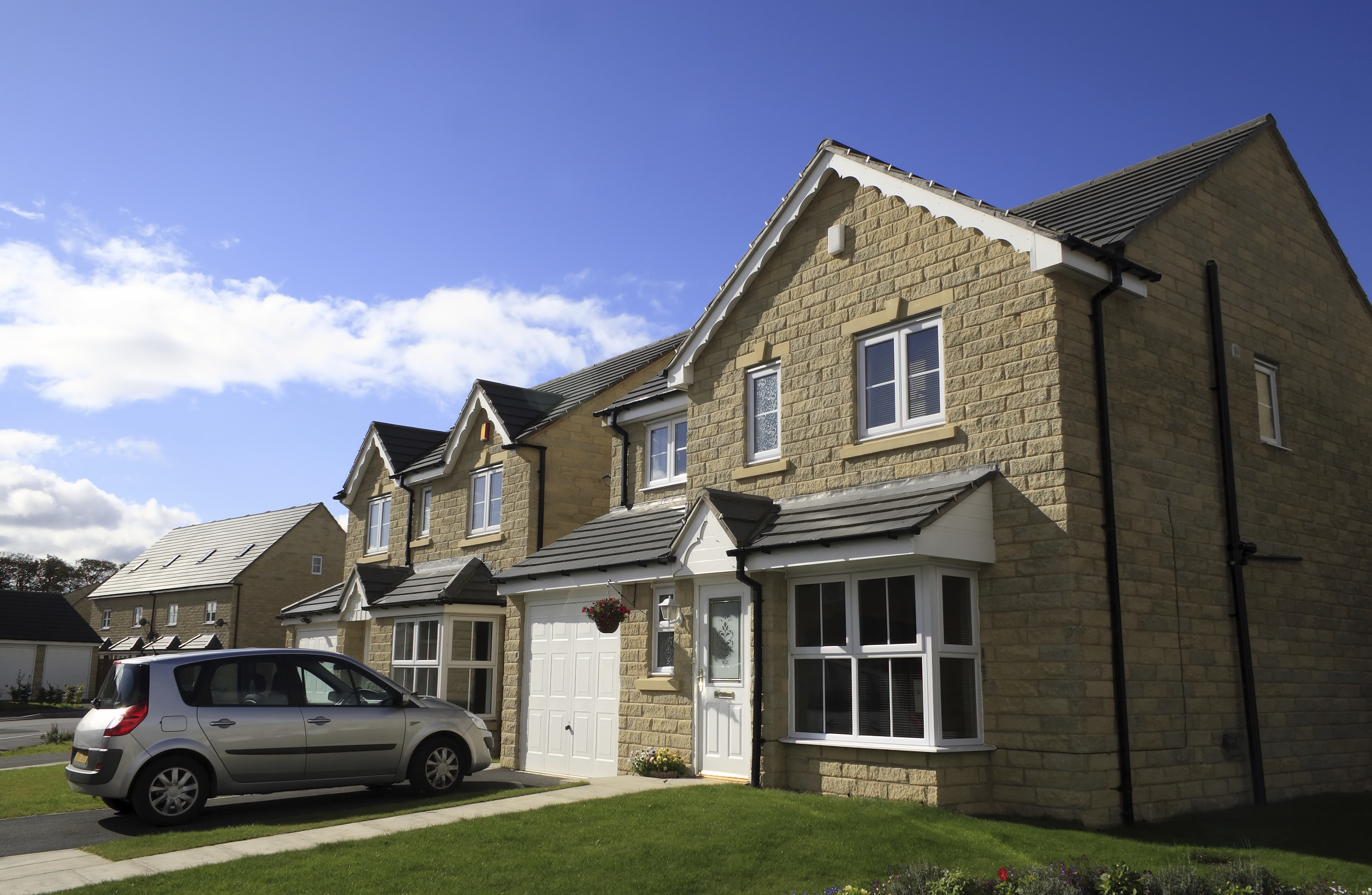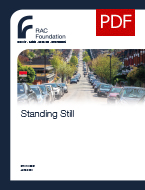Car parked for 23 hours out of every 24
The average car or van in England is driven just 4% of the time, a figure that has barely changed in quarter of a century.
For the rest of the time the car or van is either parked at home (73%) or parked elsewhere (23%), for example at work.
However, with 18 million (65%) of Britain’s 27.6 million households having – or with the potential to have – enough off-street parking to accommodate at least one car or van there is a huge opportunity for charging electric vehicles at home.
Breaking the numbers down:
- Wales – 75% of households have – or could have – off-street parking and EV charging
- England – 68%
- Scotland – 63%
- London – 44%
The analysis is revealed in the RAC Foundation report Standing Still – written by the Foundation’s data analyst Emily Nagler – which looks at information provided by the leading net zero data analytics consultancy Field Dynamics and the Ordnance Survey, as well as government statistics.
The report is follow-up to Spaced Out published back in 2012.
Steve Gooding, the director of the RAC Foundation, said:
“The average car is driven just one hour out of every 24, a proportion that is almost the same as it was back in 1995.
“However, this lack of use does have one silver lining. It means that there is ample opportunity for recharging the next generation of electric vehicles, particularly at home, or at work – so making best use of our cars’ ‘down-time’ rather than us having to make a specific trip just to get refuelled.
“There is clearly a lot of attention focused on providing a rapid public charging network to help address drivers’ range anxiety, but this data shows there is plenty of scope for slower, potentially cheaper recharging facilities to be installed at people’s homes, where the average car spends so much of its time.”
Ben Allan, managing director of Field Dynamics, said:
“In the past, it mattered little where people parked their cars and vans, just as long as they were safe and close. However, how these vehicles are parked now can make a significant difference to our progress to Net Zero as that passive stationary time evolves to an active charging and network balancing session. This excellent piece of work by the RAC Foundation creates a tremendous baseline for the industry to build on, we are very proud to have been part of the work.”
The report also reveals that over the decades the most popular cars have got bigger.
In 1965 the top five bestselling cars in the UK had an average width of 1.5m and length of 3.9m. But by 2020 the top five sellers had grown with an average width of 1.8m and length of 4.3m.
Top five bestselling cars in Great Britain in selected years:
| Rank | 1965 | 2020 |
| 1 | Austin Morris 1100/1300 | Ford Fiesta |
| 2 | Ford Cortina | Vauxhall Corsa |
| 3 | Mini | VW Golf |
| 4 | Ford Anglia | Ford Focus |
| 5 | Vauxhall Victor | Mercedes A Class |
This means that the footprint of the country’s most popular cars – the amount of space they individually take up on the road – has grown by almost a third (32%).
At the same time, new domestic garages do not appear to have been getting bigger to accommodate the larger cars. The report suggests many garage doors are just 2.1m wide leaving a mere 15 centimetres of clearance on each side of a popular car being driven into it.
As well as cars having got bigger there are also many more of them. In 1965 there were just 7.7 million cars on Britain’s roads. In 1995 there were 21.4 million. Today there are 31.7 million.
Steve Gooding, director of the RAC Foundation, added:
“Not only are cars getting bigger; there are also more of them. This is putting huge pressure on roadside space and explains why many of us feel that the parking bays in car parks don’t seem quite big enough.
“Crucially domestic garages are also often unfit for their intended purpose – the planning system needs to recognise that garage design needs to catch up with vehicle design, or throw in the towel and recognise that they are, in practice, garden sheds waiting to be converted to provide extra accommodation, which means thinking again about where the family car is going to be parked.”



